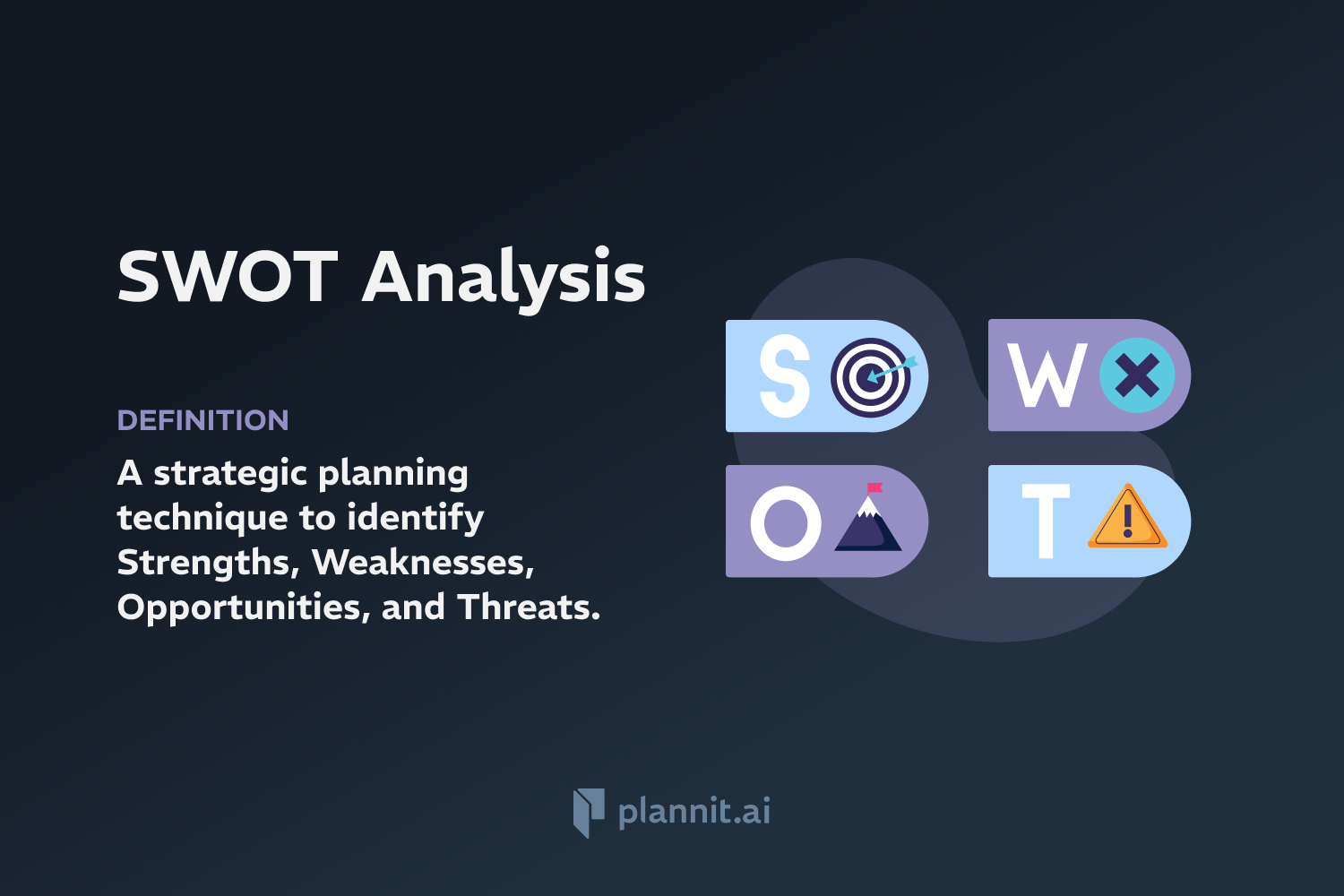Need Help With Your Business Plan?
Answer tailored questions and get a detailed business plan in minutes.
Financial Projections: Definition & In-Depth Explanation
Definition:
Financial Projections are forward-looking statements that estimate a company's future financial outcomes. These projections include forecasts of income statements, balance sheets, cash flow statements, and capital expenditure budgets. They are typically based on historical data, market analysis, and assumptions about future conditions.
Context of Use:
Financial projections are essential for strategic planning, budgeting, and fundraising. They are used by business managers, investors, and creditors to assess a company’s potential profitability, financial health, and viability over a specific period, often spanning from one to five years.
Purpose:
The purpose of financial projections is to provide stakeholders with a blueprint of the company's expected financial position, profitability, and cash flows in the future. This helps in making informed business decisions, securing loans, attracting investors, and guiding the company's strategic direction.
Example:
Startup Fundraising: A startup may create financial projections to show potential investors its anticipated revenue growth and profitability within the next three to five years, facilitating investment decisions.
Related Terms:
Budget: A detailed projection of revenues and expenses over a specific future period.
Forecast: An estimate of future financial outcomes that is typically updated regularly based on new data.
Cash Flow: The total amount of money being transferred into and out of a business, particularly focusing on liquidity.
FAQs:
1. What are the key components of financial projections?
A: Key components include projected income statements (profit and loss accounts), balance sheets, cash flow statements, and capital expenditure plans.
2. How often should financial projections be updated?
A: Financial projections should be updated regularly, at least annually, or as major changes occur in the business environment or operations of the company to ensure they remain relevant and useful.
3. What is the difference between financial projections and a financial forecast?
A: Financial projections are often long-term and used for strategic planning, while forecasts are typically shorter-term, used for operational planning and often updated more frequently based on current data.
4. How do assumptions affect financial projections?
A: Assumptions about growth rates, market conditions, pricing strategies, and cost structures significantly impact financial projections. Unrealistic assumptions can lead to inaccurate projections, misleading stakeholders.
5. How can businesses ensure their financial projections are realistic?
A: To ensure realism, businesses should base their projections on comprehensive market research, historical financial data, realistic assumptions, and include scenarios for best, expected, and worst-case outcomes.
Get funding with a business plan that will impress investors.
Starting a New Business?



